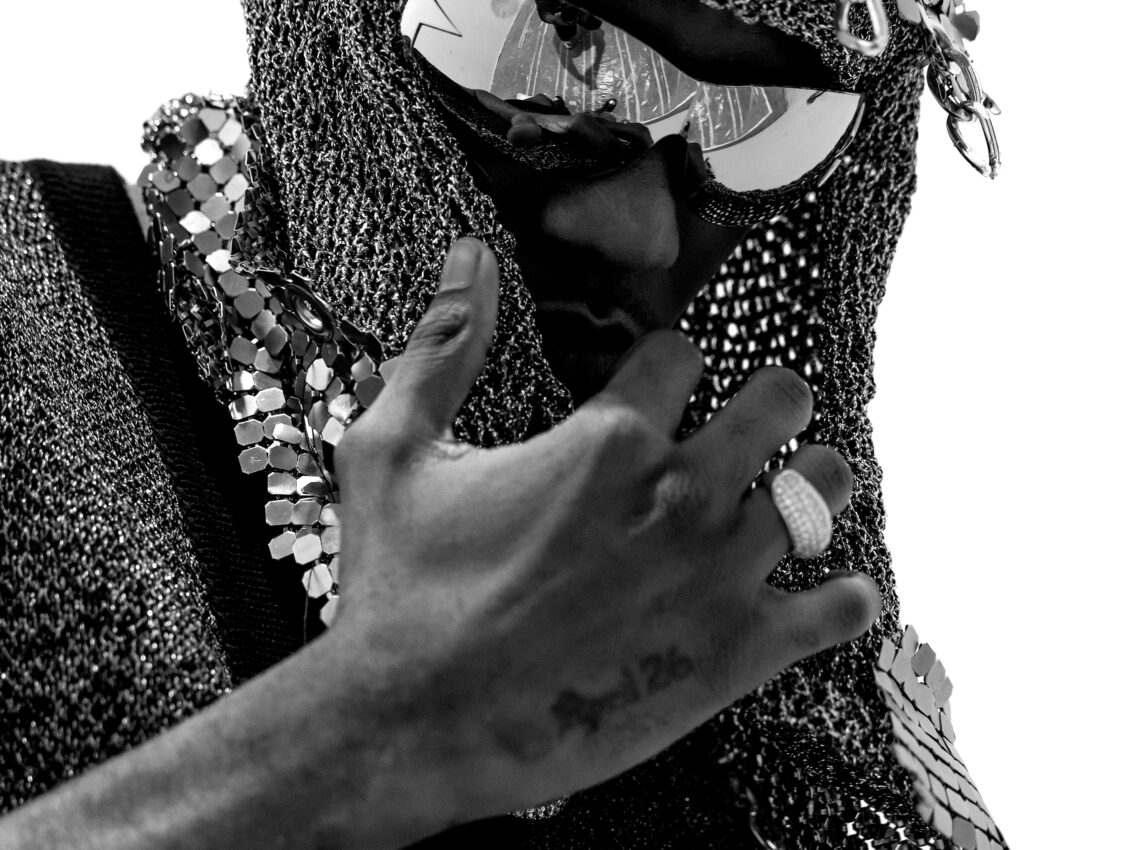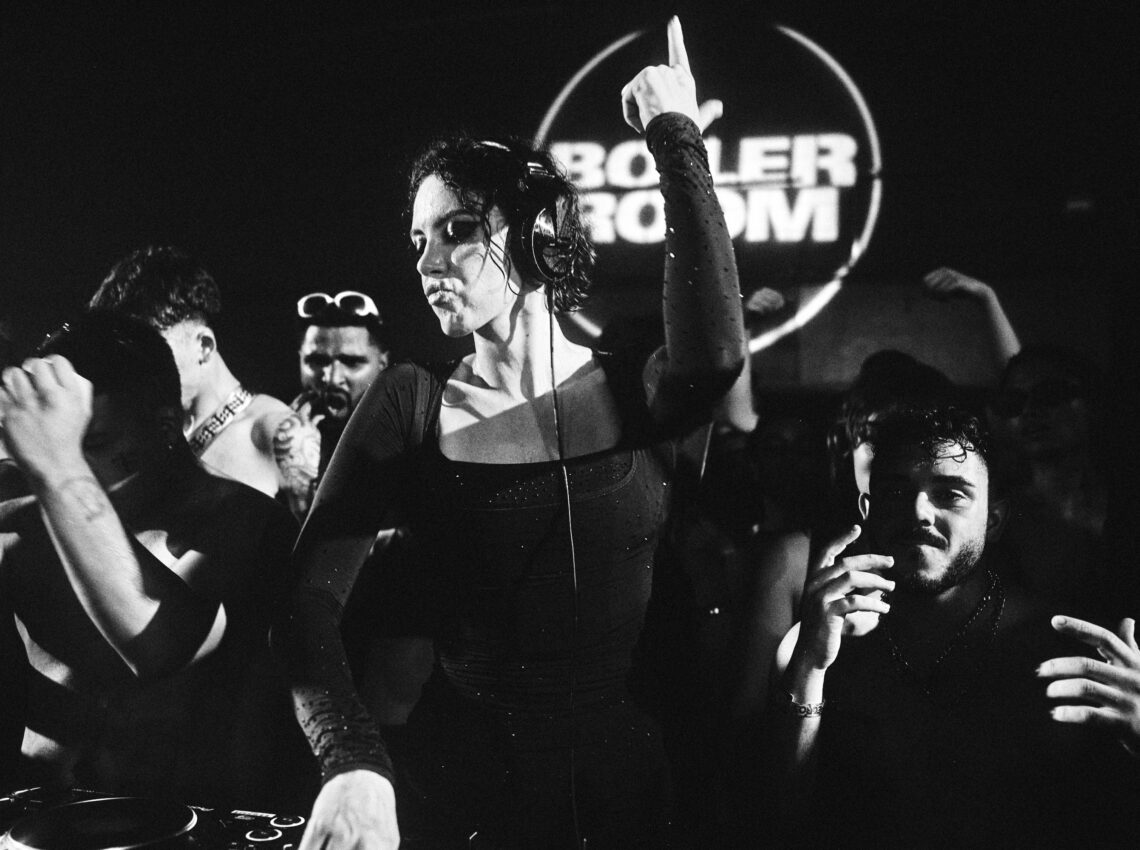The Intimate Togetherness of Carnival by Gabriel Dedji

In London, summer comes with a promise of bliss. Myriad fanciful colours ripple iridescently through urban environments, redesigning often dull modernist landscapes into vibrant, soulful terrains. The city’s multiculturalism, invigorated by August’s carnival festivities, accentuates this transformation. Thus, personal heritage and tradition combust creatively into a monocultural haven.
This flurry of colours and ornaments forms partly thanks to the fashion and design of carnival. Extravagant costumes paraded around the streets of London with peacock stature are rooted in the elaborate masks and costumes found in Caribbean heritage. The rich symbolism interwoven within these is one of cultural preservation and public defiance. Thus, it feels symbolic that in a city where dissatisfaction with authority, dissociation with the status quo and dismay in the face of inequality are so entrenched in the public mood, carnival has become one of the staple celebrations. It is almost as if self-expression and civil resistance are some magnetic forces that have pulled the disparate pieces of carnival together through time and space. The machinations of the universe have forced this tradition we now merrily enjoy into fruition, and that fruition was always an inevitable one.
It’s by design that carnival conceals these complex social, cultural and spiritual essences within itself. Primitive iterations saw masquerading as a means of suppressing oneself and allowing the supernatural to take form. Notting Hill Carnival has forsaken this spiritual element, but we can still comprehend it as a moment of suppressing our individualism to allow communal experiences to come alive. Our shared identity becomes stronger. It’s hence the reason why the time of year is so thorny for class and race relations and the social contract becomes so overwhelmingly fragile. In our dancing and bonding we are made lucid of the way in which we are all united in loose, kaleidoscopic patterns and we become dismayed in those who pose a threat to this unity.
The aesthetic and cultural nature of these details pave way for some intriguing modes of preparation. It’s essential to look beautiful for carnival: as individual physiques play symbiotically with illustrious costumes, fitness becomes important; also, being joyful enough
to immerse oneself in gleeful dancing for hours is essential too. Therefore, wellness in both mind and body becomes a core focus for carnival-goers in its run-up. There are so many ways in which this can play on the nuances of individual identity. Ascending into an unbreakable joy may feel impossible for those who are not mentally well and a focus on fitness could grate negatively against those who struggle with their self-perception. A more peculiar example too is how those who are neurodivergent experience carnival. Short attention spans, sensitivity to sound, executive dysfunction, social anxiety and self-stimulation can each accentuate its immersive nature or make it a nightmare to prepare for or enact many other effects. It’s another way in which individual elements of identity are concealed in the overall masquerade of carnival culture, tucked away in the joyful collectivism of it all.
Shayne de-Landè- a curator, archivist and academic (who surreptitiously introduces herself to others as ‘just a girl’)- is all too familiar with these nuances. She is leading a carnival section this year full of women who will all be sporting a costume that she designed herself. As a neurodivergent woman of Trinidadian origin who has written extensively on the intricacies of carnival, her lived experience is riveting insight.
Journeys to the gym for example, she calculates with hopscotch-like technique in the hopes to evade rush hour commuters. Sensitivity to smell makes this necessary: she insists that they all smell ‘stink’. An adherence to 5am gym trips are tumultuously burdensome but indicative of a deep sense of routine and discipline that she derives from her grandmother. Thus, preparations for carnival incisively carve curious patterns across the spectrum of her identity. Familial heritage, neurodivergence and physical wellness are all lenses to reflect on the disparate elements of ‘Shayne’ through just as the festivity as a whole purports complex social, cultural and spiritual elements.
This calls for an approach to carnival which balances the personal and the communal. A sweet example is a recent one of Shayne and her God-daughter. Shayne had received a new Air-Up bottle (which is a nifty gadget that flavours plain water through air) to help her
improve her water intake. Her 8-year old God-daughter helped her to piece it together and taught her how to use it. It was a simple nondescript act with a bolstering effect on Shayne’s lifestyle. Autistic people like her struggle with interoception, which is the sense that allows us to recognise when we’re thirsty or hungry. So this simple moment of learning and
togetherness remedied a small knack in her wellness. (She now attests to peeing ceaselessly). The piecing together of the individual through safe communal spaces feels to be what carnival provides to all. In strenuous preparation for it, optimistic anxiety and collective planning bond us closer to one another as much as it makes us whole as individuals.
Shayne’s bottle- now perpetually replenishing, ceaselessly flowing and perfectly utile provides the perfect imagery for carnival: it is a tradition which invigorates community just as effectively as water hydrates us. Much in the same way it uses air to accentuate flavour, the plethora of elements that make us who we are as individuals affect our collective experiences. Carnival is a mould which brings these individual features together and masks them in its discrete bliss.
It is a complex machination of the personal and the communal and it showcases us all as one.
Words by Gabriel Dedji
Lead image by Film Abdi




![ZINO VINCI’S ‘FILTHY & DISGUSTING’EP BRINGS YOU TO THE CORE OF THE ARTIST [@ZinoVinci]](https://guap.co/wp-content/uploads/2023/10/Zino-4.jpg)





